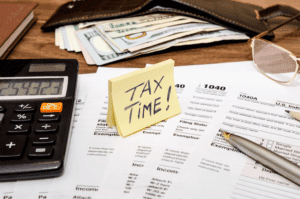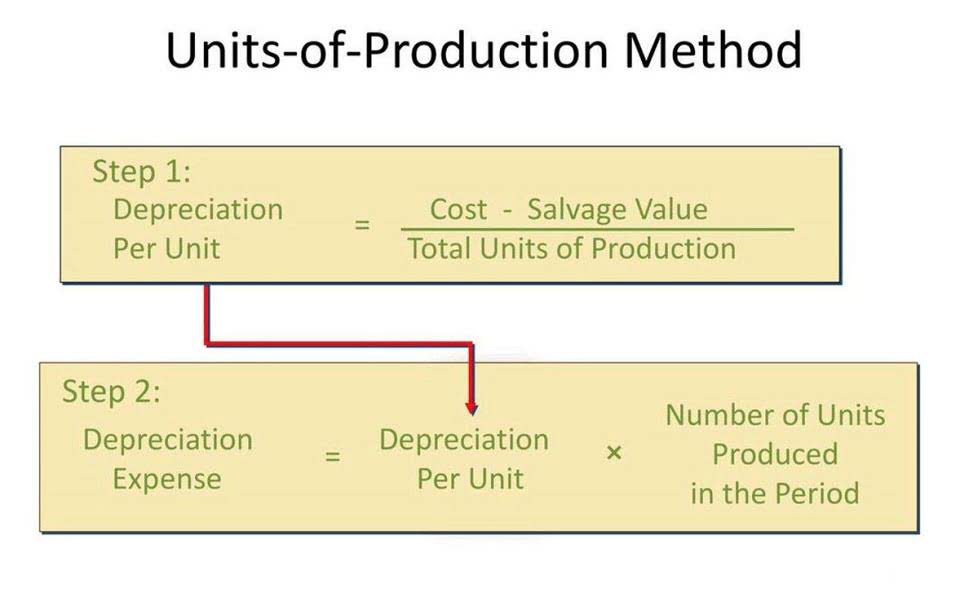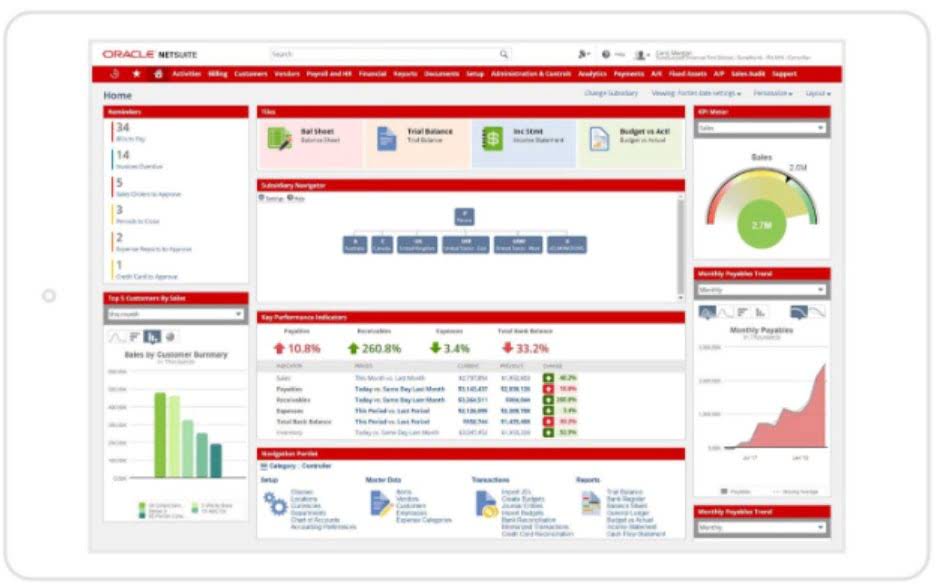
Hence, a car with even a couple of miles driven on it tends to lose a significant percentage of its initial value the moment it becomes a “used” car. We’ll assume the useful life of the car is ten years, at which the car is practically worthless by then, i.e. for the sake of simplicity, we’ll assume the scrap value is zero by the end of its useful life. Briefly, suppose we’re currently attempting to determine the salvage value of a car, which was purchased four years ago for $100,000.

Salvage title vs. rebuilt title
- Next, the annual depreciation can be calculated by subtracting the residual value from the PP&E purchase price and dividing that amount by the useful life assumption.
- It can be calculated if we can determine the depreciation rate and the useful life.
- Over the useful life of an asset, the value of an asset should depreciate to its salvage value.
- Because they may be repaired haphazardly, are more difficult to insure and finance, and are hard to resell.
Regardless of the method used, the first step to calculating depreciation is subtracting an asset’s salvage value from its initial cost. Salvage value is the amount for which the asset what is salvage cost can be sold at the end of its useful life. For example, if a construction company can sell an inoperable crane for parts at a price of $5,000, that is the crane’s salvage value.
What Is the Loss for Tax Value?

A company can also use salvage value to anticipate cashflow and expected future proceeds. Companies take into consideration the matching principle when making assumptions for asset depreciation and salvage value. The matching principle is an accrual accounting concept that requires a company to recognize expense in the same period as the related revenues are earned. If a company expects that an asset will contribute to revenue for a long period of time, it will have a long, useful life. Under accrual accounting, the cost of purchasing PP&E like machinery and equipment – i.e. capital expenditures (Capex) – is expensed on the income statement and spread out across the useful life assumption. The Salvage Value is the residual value of a fixed asset at the end of its useful life assumption, after accounting for total depreciation.
- Sometimes, an asset will have no salvage value at the end of its life, but the good news is that it can be depreciated without one.
- Therefore, the DDB method would record depreciation expenses at (20% x 2) or 40% of the remaining depreciable amount per year.
- Salvage value is the estimated value of an asset at the end of its useful life.
- A computer would face larger depreciation expenses in its early useful life and smaller depreciation expenses in the later periods of its useful life, due to the quick obsolescence of older technology.
- Under the generally accepted accounting principles (GAAP) for public companies, expenses are recorded in the same period as the revenue that is earned as a result of those expenses.
What Is the Double-Declining Balance (DDB) Depreciation Method?
Depending on how the asset’s salvage value is changing, you may want to switch depreciation accounting methods and report it to the IRS. You must subtract the asset’s accumulated depreciation expense from the basis cost. Otherwise, you’d be “double-dipping” on your tax deductions, according to the IRS. An asset’s salvage value subtracted from its basis (initial) cost determines the amount to be depreciated.
The company also estimates that they would be able to sell the computer at a salvage value of $200 at the end of 4 years. Next, the annual depreciation can be calculated by subtracting the residual value from the PP&E purchase price and dividing that amount by the useful life assumption. Starting from the original cost of purchase, we must deduct the product of the annual depreciation expense and the number of years. Salvage value is important in accounting as it displays the value of the asset on the organization’s books once it completely expenses the depreciation.
Straight Line Depreciation
At the end of the accounting period — either a month, quarter, or year — record a depreciation journal entry. Say that a refrigerator’s useful life is seven years, and seven-year-old industrial refrigerators go for $1,000 on average. The fridge’s depreciable value is $10,500 ($11,500 purchase price minus the $1,000 salvage value). If you’re unsure of your asset’s useful life for book purposes, you can’t go wrong following the useful lives laid out in the IRS Publication 946 Chapter Four. The money I get back on my old phone is known as its salvage value, or its worth when I’m done using it. Sometimes, an asset will have no salvage value at the end of its life, but the good news is that it can be depreciated without one.
- With the straight line depreciation method, the value of an asset is reduced uniformly over each period until it reaches its salvage value.
- Be careful not to consider a similar asset’s asking price since, in most used-asset markets, things will sell below their asking price.
- These materials were downloaded from PwC’s Viewpoint (viewpoint.pwc.com) under license.
- The carrying value of the asset is then reduced by depreciation each year during the useful life assumption.
- When a company purchases an asset, such as a piece of equipment, such large purchases can skewer the income statement confusingly.

However, if a company is sold rather than liquidated, both the liquidation value and intangible assets determine the company’s going-concern value. Value investors look at the difference between a company’s market capitalization and its going-concern value to determine whether the company’s stock is currently a good buy. Depending on the method of depreciation adopted by a company, such as the straight-line method or declining-balance method, the scrap value of an asset will vary.

Salvage Value Depreciation Equation
To appropriately depreciate these assets, the company would depreciate the net of the cost and salvage value over the useful life of the assets. The total amount to be depreciated would be $210,000 ($250,000 less $40,000). If the assets have a useful life https://www.bookstime.com/ of seven years, the company would depreciate the assets by $30,000 each year. In some contexts, residual value refers to the estimated value of the asset at the end of the lease or loan term, which is used to determine the final payment or buyout price.
